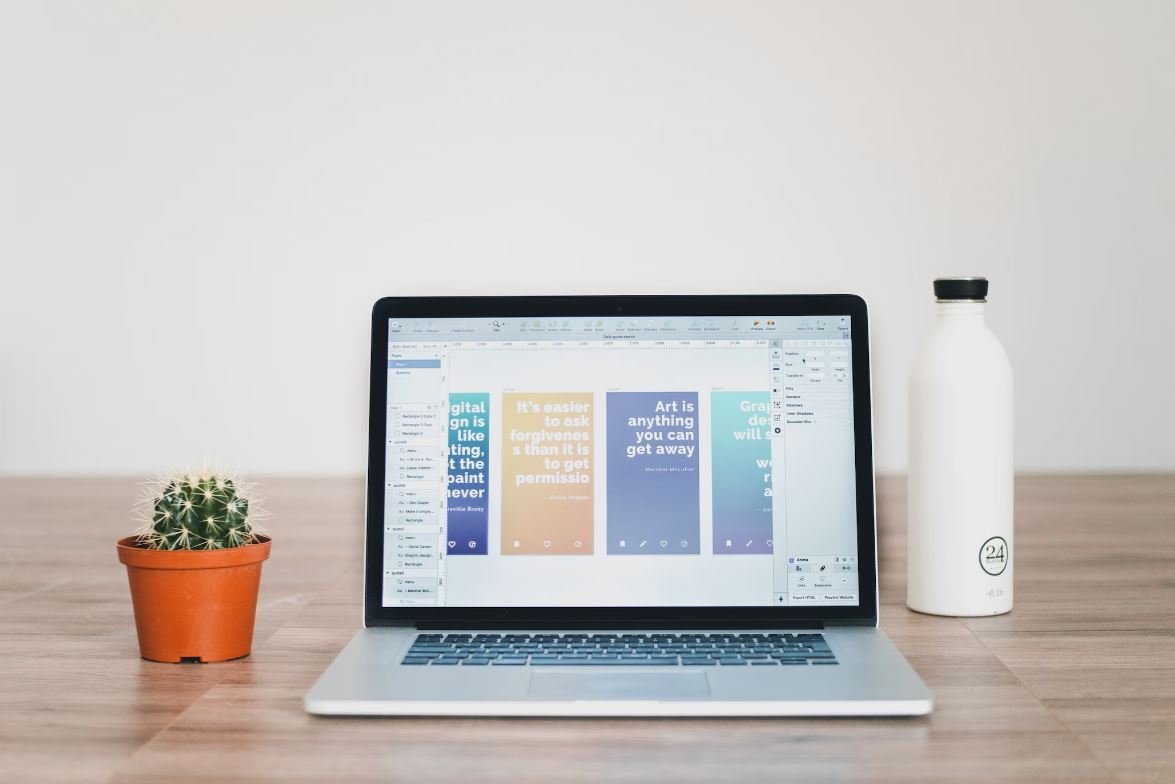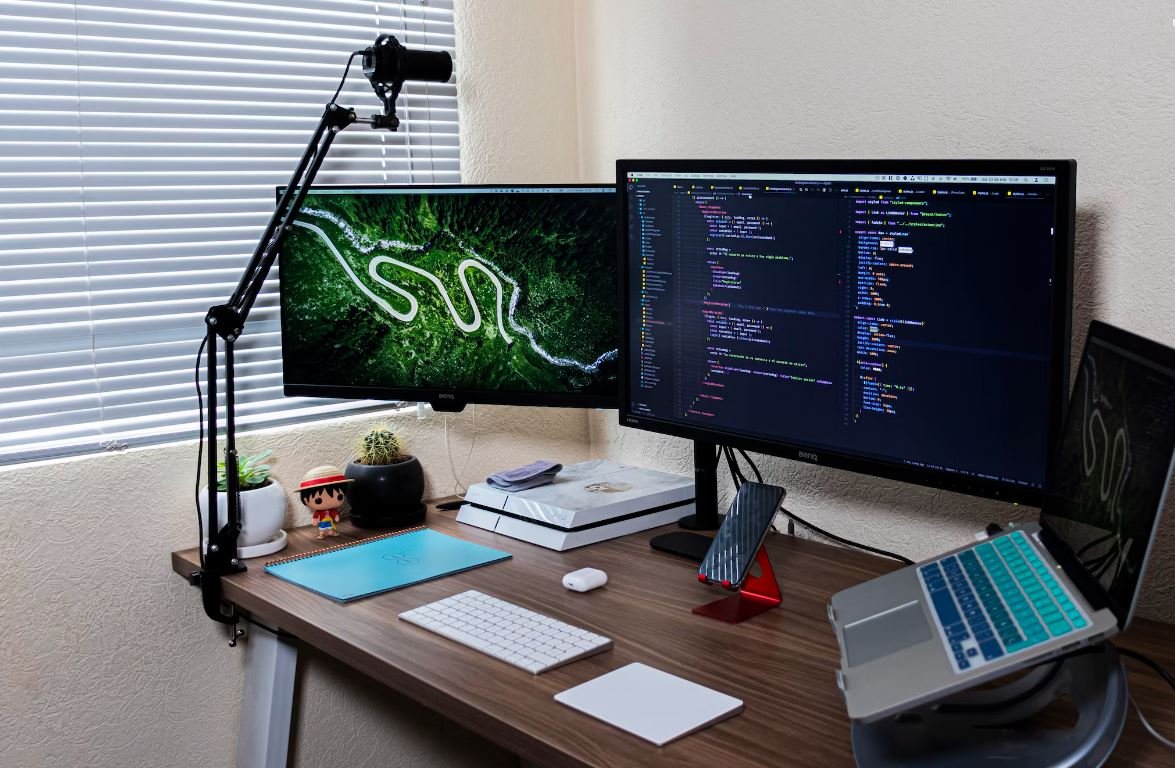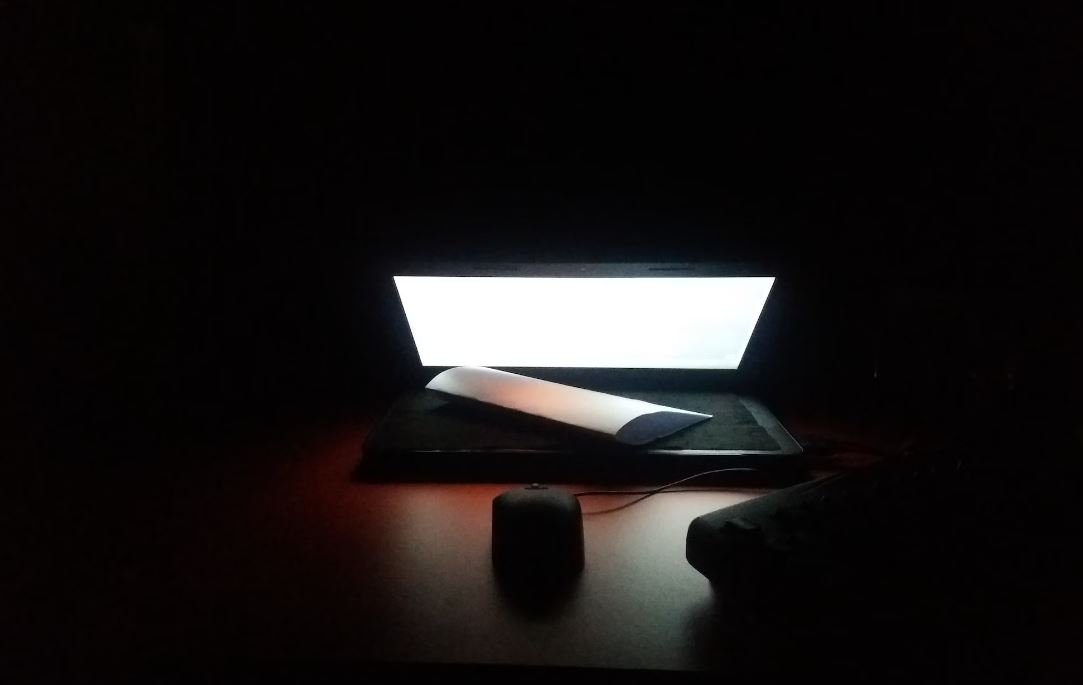What Is Image Resolution?
Images play a crucial role in various aspects of our lives, from graphic design and photography to website development and social media posts. When working with images, it’s important to understand image resolution and how it affects the quality and appearance of the final result. In this article, we will delve into the fundamentals of image resolution, explain the concepts involved, and provide practical tips for optimizing resolution in different scenarios.
Key Takeaways:
- Image resolution defines the sharpness and detail of an image.
- Resolution is measured in pixels per inch (PPI) or dots per inch (DPI).
- Higher resolution is generally better for print and larger displays.
- Lower resolution is appropriate for web and small screens.
Understanding Image Resolution
Image resolution refers to the number of pixels (small dots of color) that make up an image. The resolution determines the sharpness, clarity, and level of detail present in the image. It directly impacts how the image appears on different devices and mediums. By increasing the resolution, you can enhance the image quality and ensure fine details are visible. In contrast, decreasing the resolution may result in a loss of detail and a more pixelated appearance.
Types of Image Resolution
Image resolution is commonly measured in pixels per inch (PPI) or dots per inch (DPI). Both measurements essentially refer to the same concept but are used in different contexts. PPI is typically used for digital content, such as monitors and screens, while DPI is generally used for print media. Understanding the difference between PPI and DPI is crucial when preparing images for specific applications.
Print Resolution vs. Web Resolution
When it comes to image resolution, the appropriate value varies depending on the intended output. Print materials like brochures, newspapers, and magazines require higher resolution to ensure crisp and sharp images. On the other hand, images displayed on the web or social media platforms can have a lower resolution without compromising quality due to limitations in screen resolution. Optimizing image resolution for different mediums is essential to achieve the best visual output.
Optimizing Image Resolution
To optimize image resolution, consider the end use and target medium. Here are some practical tips to help you achieve the desired results:
- Use higher resolution for print projects or larger displays.
- Select a lower resolution for web-based content or small screens.
- Always aim for the optimal balance between file size and image quality.
- Consider the aspect ratio and dimensions required for the specific medium.
- Use advanced software tools to smooth or enhance images when necessary.
Tables
| Resolution | Description |
|---|---|
| 72 PPI | Standard resolution for web-based content. |
| 300 DPI | Recommended resolution for high-quality print materials. |
| Resolution | Print Size (4×6 inches) | Print Size (8×10 inches) |
|---|---|---|
| 72 PPI | 288×432 pixels | 576×720 pixels |
| 300 DPI | 1200×1800 pixels | 2400×3000 pixels |
| Medium | Resolution (PPI/DPI) | Optimal Image Size |
|---|---|---|
| Web | 72 PPI | Depends on container size |
| Social Media | 72 PPI | Depends on platform guidelines |
| Print (Brochure) | 300 DPI | Depends on brochure size |
| Print (Magazine) | 300 DPI | Depends on magazine size |
Mastering Image Resolution
Understanding image resolution is crucial in order to achieve optimal visual results in different mediums. By choosing the right resolution, you can ensure your images are clear, detailed, and visually appealing. Remember to consider the end use and target medium, as well as the optimal balance between file size and image quality. Armed with this knowledge, you can confidently enhance your images and make them stand out in any context.

Common Misconceptions
Resolution is the same as image size
One common misconception surrounding image resolution is that it is the same as image size. While they are related, they represent different aspects of an image. Resolution refers to the number of pixels per inch (PPI), while image size denotes the dimensions of the image in terms of width and height. It is vital to understand this distinction to ensure the quality and suitability of an image for different purposes.
- Higher resolution doesn’t necessarily mean larger image size
- Image size can be adjusted without altering the resolution
- Understanding the correlation between resolution and image size helps optimize web performance
Higher resolution always means better quality
Another common misconception is that the higher the resolution, the better the image quality. While a higher resolution can improve the clarity and detail of an image, it is not the only factor that contributes to its overall quality. Factors such as the image source, format, compression, and the display medium also play significant roles in determining the image’s final quality.
- Image quality depends on various factors beyond just resolution
- Choosing the appropriate format and compression can impact the final quality
- Display medium and device capabilities affect the perceived image quality
DPI and PPI are the same
Dots per inch (DPI) and pixels per inch (PPI) are often incorrectly assumed to be interchangeable terms. However, they represent different measurements. DPI refers to the number of dots – ink dots, for instance – that can be placed within an inch of a printed document. On the other hand, PPI relates to the number of pixels that an electronic display can show per inch. It is crucial to understand these distinctions to optimize images for their intended medium.
- DPI is relevant for printed materials, while PPI is relevant for digital displays
- Using the correct term improves communications in design and printing processes
- Optimizing DPI or PPI based on the medium can enhance the visual experience
Image resolution can be improved by resizing in software
Some people mistakenly believe that they can enhance an image’s resolution by simply resizing it in photo editing software. However, resizing an image does not magically increase its resolution. It can result in image degradation and loss of detail, especially if the image size is being increased. Performing a true resolution enhancement involves advanced techniques that are beyond the scope of simple resizing.
- Resizing an image does not add any additional detail or increase its resolution
- Upscaling an image can lead to pixelation and loss of quality
- To improve resolution, you may need to source a higher-resolution image or use specialized software
Resolution only matters for print materials
Another common misconception is that resolution is only relevant for print materials and not necessary for digital content. While print materials may require a higher resolution to ensure crisp printing, digital content also benefits from appropriate resolution settings. The resolution affects image clarity, detail, and how well it displays on various digital screens, including smartphones, tablets, and computer monitors.
- Optimizing resolution for different devices improves overall user experience
- Images with low resolutions may appear blurry or pixelated on high-resolution displays
- Hitting the right resolution balance is crucial for presenting images across different mediums

Image Resolution Comparison of Popular Devices
In this table, we compare the image resolutions of popular devices including smartphones, DSLR cameras, and high-end monitors. The resolution is measured in pixels and indicates the level of detail and sharpness the device can capture or display.
| Device | Resolution (Pixels) |
|---|---|
| iPhone 11 Pro Max | 2688 x 1242 |
| Samsung Galaxy S20 Ultra | 3200 x 1440 |
| Nikon D850 (DSLR) | 8256 x 5504 |
| Canon EOS R5 (DSLR) | 8192 x 5464 |
| LG UltraFine 5K Display | 5120 x 2880 |
Image Resolution Standards for Various Purposes
Image resolution requirements vary depending on the purpose of the image. This table highlights the recommended resolutions for different applications, from web graphics to professional printing.
| Purpose | Resolution (Pixels) |
|---|---|
| Web Graphics | 72-96 |
| Social Media Posts | 1200 x 1200 |
| Online Articles | 800 x 600 |
| Print Media (Magazines) | 300-600 |
| Large Format Prints (Billboards) | 8000 x 4000 |
Common File Formats and Their Effects on Image Resolution
File formats can impact the image resolution and quality. This table presents the most common file formats and their characteristics regarding compression and loss of resolution.
| File Format | Resolution Effects |
|---|---|
| JPEG | Lossy compression, reduced detail |
| PNG | Lossless compression, maintains resolution |
| TIFF | Lossless compression, maintains resolution |
| RAW (Digital Negative) | No compression, preserves full resolution |
| SVG | Vector-based, resolution-independent |
Evolution of Image Resolution in Cameras Over Time
This table showcases the progression of image resolution in digital cameras from their early days to modern high-resolution systems.
| Camera Release Year | Resolution (Megapixels) |
|---|---|
| 1990 | 0.3 |
| 2000 | 3.2 |
| 2010 | 12.1 |
| 2020 | 45.7 |
| 2030 (Projected) | 100+ |
Image Resolution and Viewing Distance Impact on Print Quality
This table clarifies how print quality is influenced by image resolution and the optimal viewing distance for different resolutions.
| Resolution (Pixels per Inch) | Optimal Viewing Distance (inches) |
|---|---|
| 72 | 40+ |
| 150 | 20-30 |
| 300 | 10-15 |
| 600 | 5-8 |
| 1200 | 2-3 |
The Impact of Image Resolution on File Size
This table showcases the correlation between image resolution and file size for different file formats, highlighting the trade-off between quality and storage space.
| Resolution (Pixels) | JPEG File Size (KB) | PNG File Size (KB) |
|---|---|---|
| 800 x 600 | 200 | 400 |
| 1920 x 1080 | 800 | 1200 |
| 3840 x 2160 | 2200 | 8000 |
| 7680 x 4320 | 7000 | 24000 |
| 15360 x 8640 | 32000 | 96000 |
Image Resolution Requirements for High-Quality Printing
To ensure excellent print quality, specific resolutions are recommended for printing images in different formats. This table outlines the resolutions for high-quality prints.
| Print Format | Resolution (Pixels) |
|---|---|
| 4″ x 6″ Photo | 1200 x 1800 |
| 8″ x 10″ Photo | 2400 x 3000 |
| A4 Size Print | 2480 x 3508 |
| Poster (18″ x 24″) | 5400 x 7200 |
| Billboard (24′ x 48′) | 7200 x 14400 |
The Relationship Between Image Resolution and Print DPI
Understanding the relationship between image resolution and print DPI (dots per inch) helps achieve optimal print quality. This table demonstrates the recommended DPIs for different resolutions.
| Resolution (Pixels per Inch) | Recommended Print DPI |
|---|---|
| 72 | 100-150 |
| 300 | 300-450 |
| 600 | 600-900 |
| 1200 | 1200-1800 |
| 2400 | 2400+ |
Image resolution plays a crucial role in the quality and clarity of digital images. Understanding the concept of image resolution is essential for capturing, displaying, and printing images accurately. This article has covered various aspects of image resolution, including device capabilities, recommended resolutions for different purposes, file formats, impact on print quality, and more. By considering the tables provided, individuals can make informed decisions regarding image resolution to ensure the best possible results for their specific needs.
Frequently Asked Questions
What is image resolution?
Image resolution refers to the number of pixels or dots per inch (dpi) that an image contains. It determines the clarity and level of detail in a digital or printed image.
How is image resolution measured?
Image resolution is typically measured in pixels per inch (PPI) for digital images or dots per inch (DPI) for printed images. The higher the PPI/DPI, the sharper and more detailed the image will appear.
What is the difference between high and low resolution?
A high-resolution image contains more pixels per inch, resulting in a sharper and more detailed image. A low-resolution image has fewer pixels per inch, leading to a less clear and potentially pixelated image.
What are the common resolutions for digital images?
Common resolutions for digital images include 72 PPI (web-resolution), 300 PPI (print-resolution), and higher resolutions used for professional printing or specialized purposes.
How does image resolution affect file size?
Higher resolution images tend to have larger file sizes as they contain more data. Lower resolution images have smaller file sizes as they contain less data.
What is the ideal image resolution for web use?
For web use, a resolution of 72 PPI is commonly used. This resolution is sufficient for displaying images on digital screens and helps optimize file size and loading speed.
What is the ideal image resolution for printing?
The ideal image resolution for printing depends on the desired print size and quality. Generally, a resolution of 300 PPI is recommended for high-quality prints, while 150 PPI may be acceptable for large format prints.
Can I increase the resolution of an image?
While it is possible to increase the resolution of an image using various software tools, the resulting image may not have the same level of detail and quality as an original high-resolution image. It is best to capture or obtain the highest resolution image possible from the start.
What happens if I print a low-resolution image?
Printing a low-resolution image may result in a blurry or pixelated printout, as the printer tries to stretch the limited pixel information to fit the print size. It is recommended to use high-resolution images for printing to achieve the best quality output.
Can I change the resolution of an image without changing its size?
No, changing the resolution of an image will typically result in changes to its size. Increasing the resolution without changing the physical size will increase the pixel density, which may reduce the overall dimensions of the image. Decreasing the resolution may have the opposite effect.




